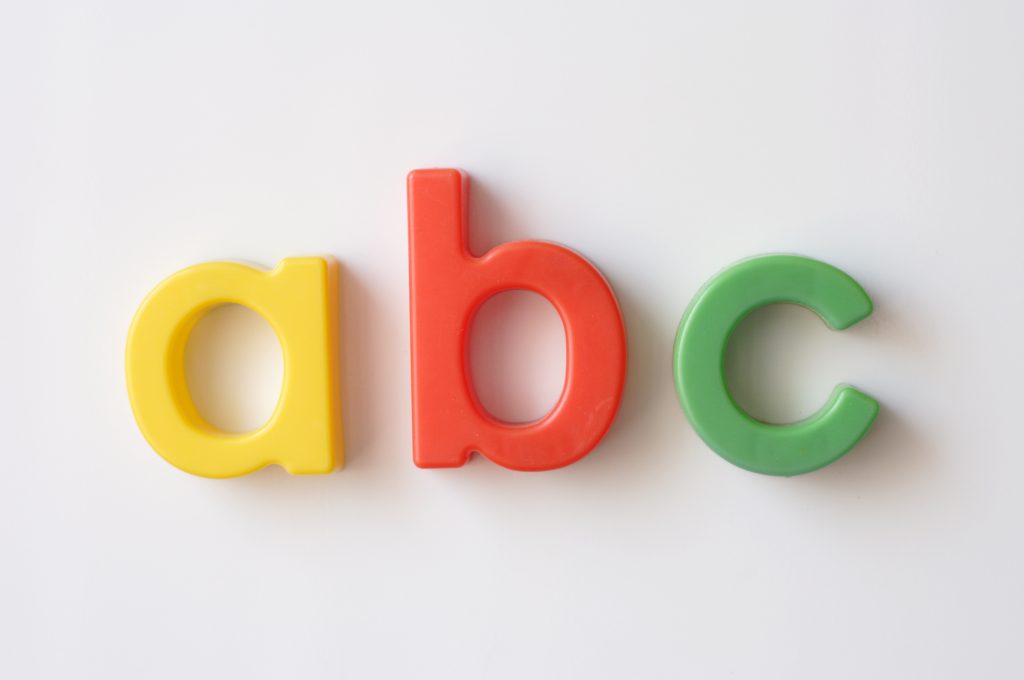
One of the biggest challenges we face as people responsible for our own time is deciding when to do what. This comes up often in group coaching calls and one-on-ones. I am juggling so much! How do I know where to start? Why do I keep putting off the important stuff? How come my life admin piles up? Why is that article / review / chapter still unfinished?
There are lots of possible answers to these questions, of course. But one way of thinking about how you are choosing to use your time comes from Joli Jensen, author of the terrific Write No Matter What. She suggests considering your typical energy levels over the course of a day (or week, month, term) as A-, B- and C-time.
Your A-time is when you are alert, refreshed, and firing on all cylinders. It is when you can easily synthesize theories, bang out an abstract, whip through the inbox, say smart things in a meeting, understand Foucault or quantum theory. It is your best brain time of the day.
Your B-time is when you are thinking clearly but a bit more slowly. It is when you can pay attention to the details but can’t easily generate the big ideas. It is when you are cruising, present, able.
Your C-time is when you are at your slowest. It is when rote tasks appeal, things you have done so many times you might do them in your sleep. It may be when you typically do enjoyable or relatively mindless jobs that you can relax into.
Everyone’s rhythms are different. You may know yours well. Or, you may be accustomed to expecting yourself do to A-time jobs regardless of your actual state of mind.
Try taking a moment to consider a typical day or week. When is your A-, B- and C-time? Do you start with C and move into A with your mid-morning coffee? Do you wake up at A and decide if you don’t manage to write before 9 am all is lost? Do you hum along at B all day and only slip into A when the rest of the household is asleep?
By inviting you to notice this, we are not saying you ought to let your energy guide every decision. Sometimes it is necessary to choose the task and let the energy follow. Sometimes we also convince ourselves we only have energy in the morning or in the afternoon and it turns out to be an old habitual way of working that isn’t true. So, what we are asking is simply: what happens when you pay attention?
Conventional wisdom holds that A-time must be preserved for your scholarly work. For the most part, people find this true. But, sometimes, maybe some A-time needs to go to blasting through the life admin job that has been hanging over your head for weeks, the one you keep relegating to C-time and then wondering why you haven’t managed to get it done.
Conventional wisdom also holds you can’t write well during C-time. So maybe experiment with that too. What if you try a 20-minute writing session in your sleepy post-lunch slot, when you might normally be ‘checking the news’ again? Who knows, you might find your inner critic too tired to get involved! Or, what if you save the departmental fire-putting-out for your C-time instead of gifting it, yet again, your best A hours?
This ABC method is not a one-and-done approach. It is a way to develop awareness of the relationship between your energy and your tasks – through regular attention and with a spirit of curiosity and experimentation.
